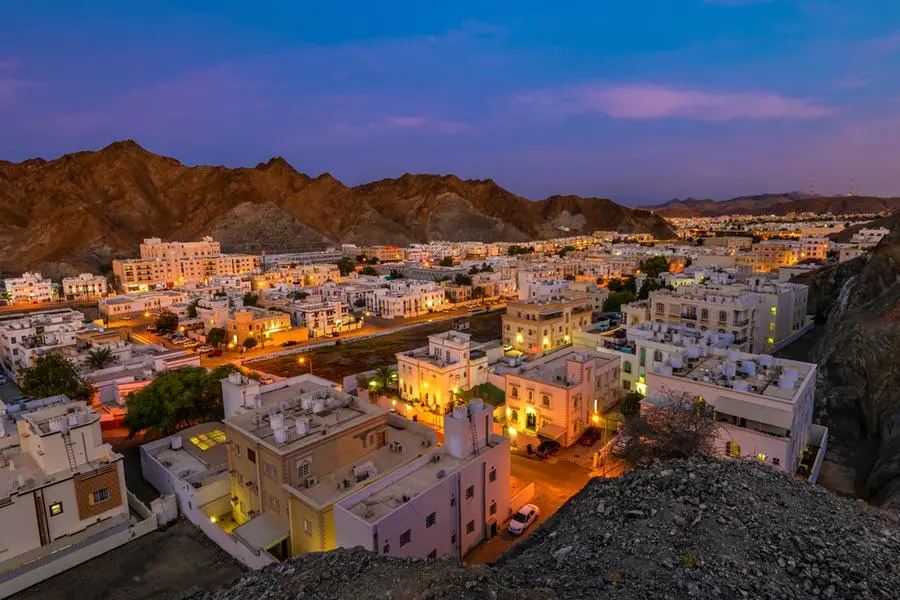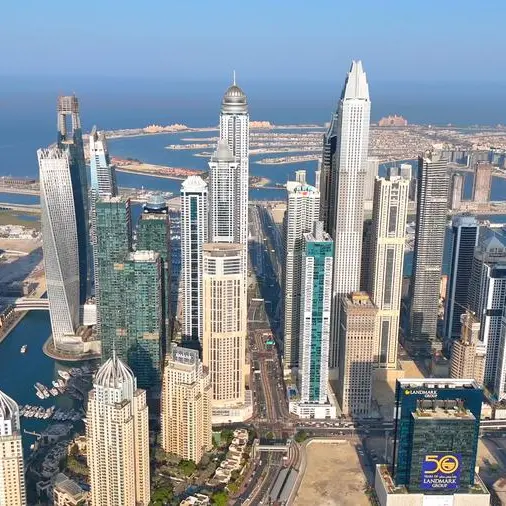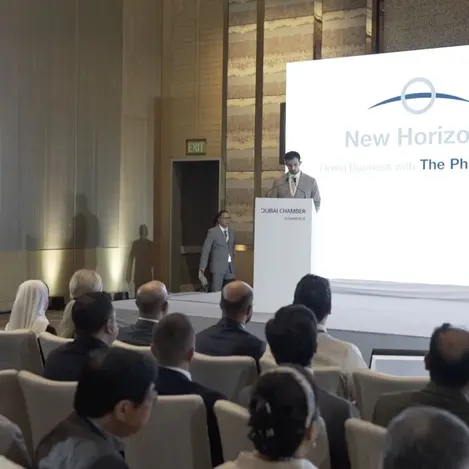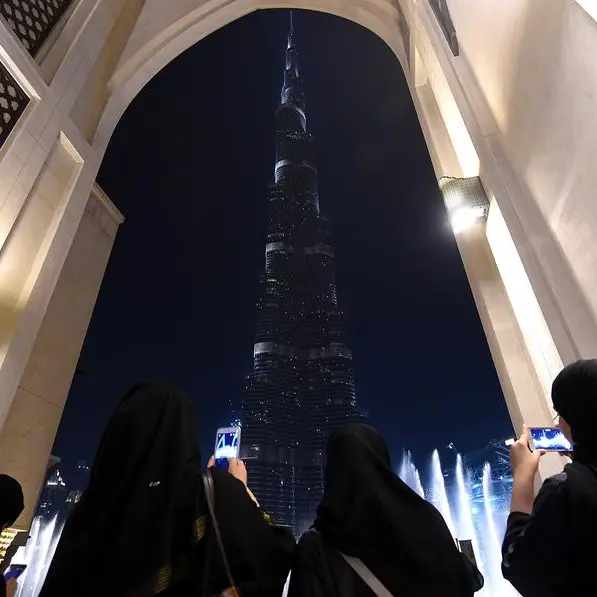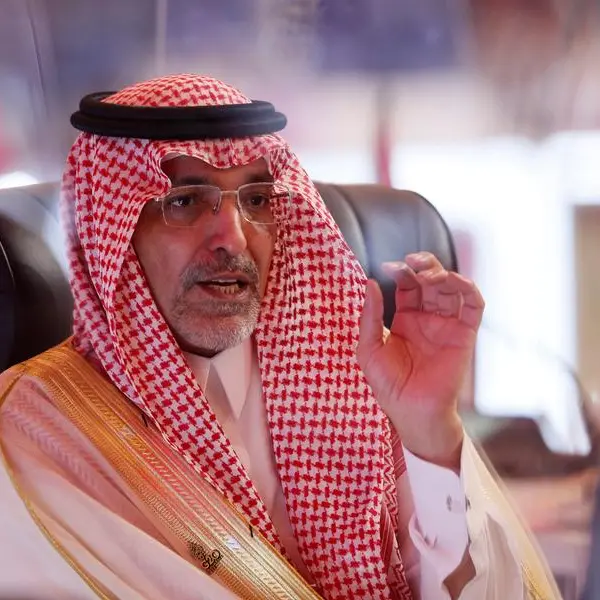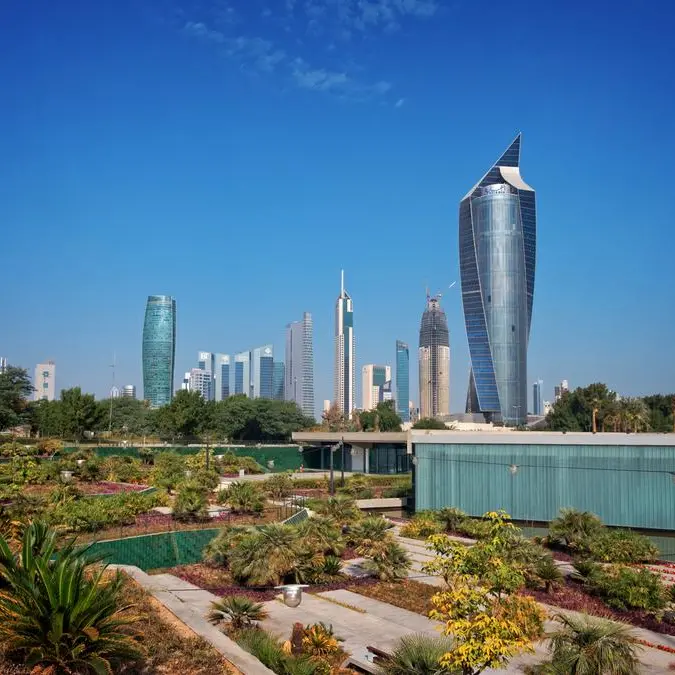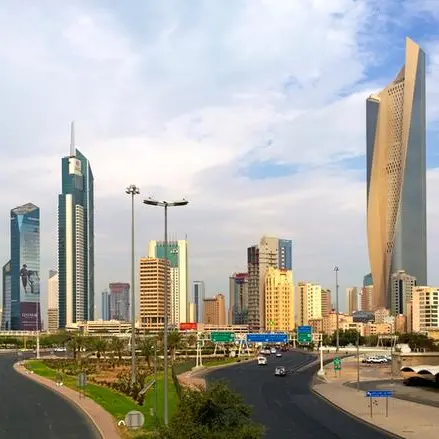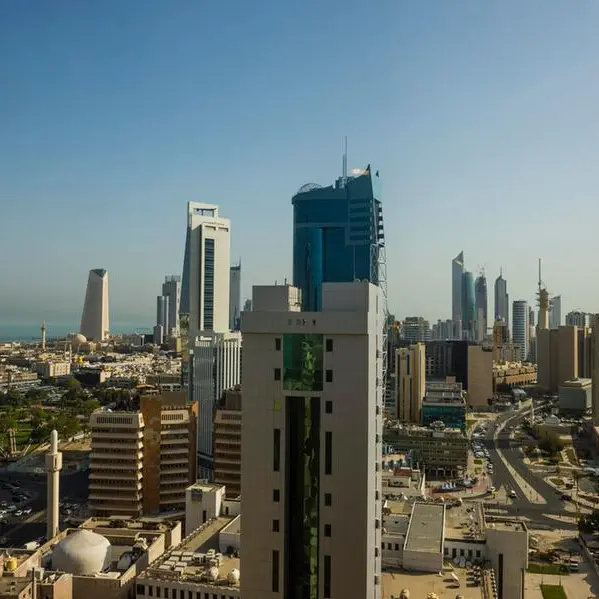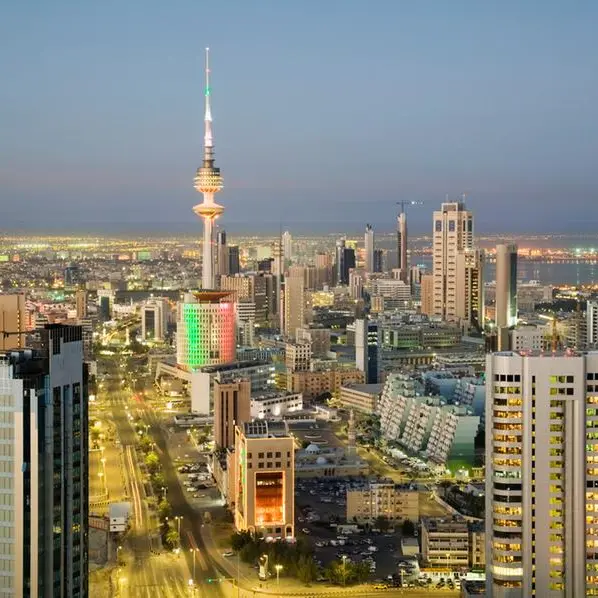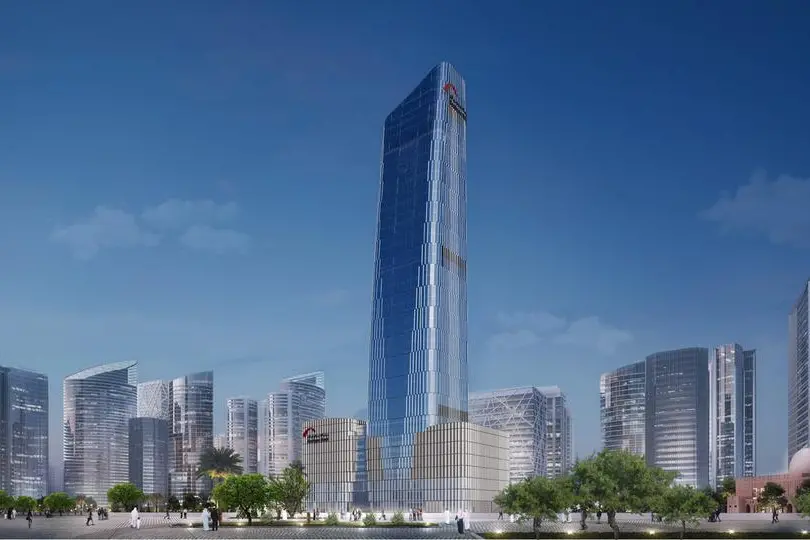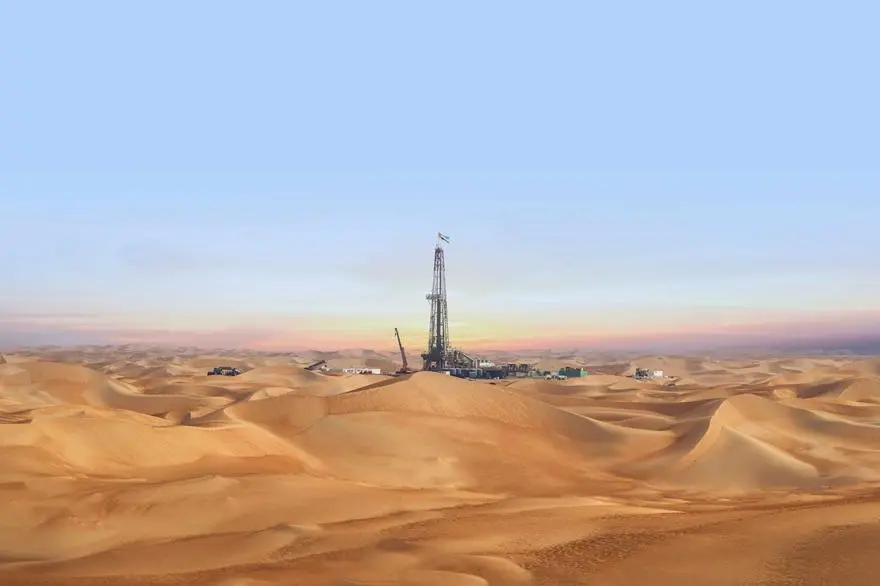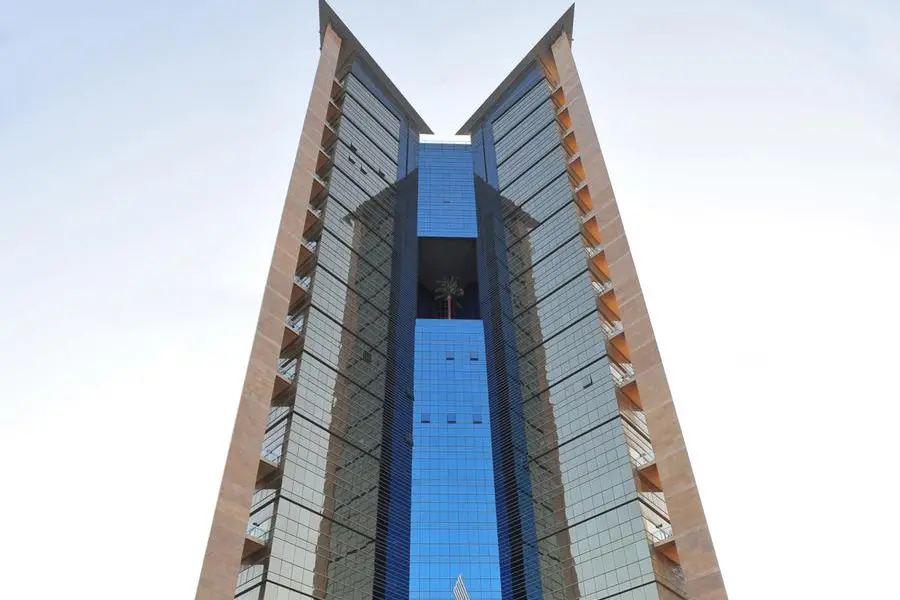PHOTO
Photo taken from Darsait beach and costal area. also Darsait is a residential locality in Muscat, the capital of the Sultanate of Oman. Image used for illustrative purpose. Getty Images
MUSCAT: The Sultanate of Oman is accelerating its strategy to attract high-value investments by rolling out two dynamic new zones—the Muscat Airport Free Zone and the Integrated Economic Zone in Al Dhahirah—each positioned to offer unique advantages to global investors. According to Dr Ali bin Masoud al Sunaidy, Chairman of the Public Authority for Special Economic Zones and Free Zones (OPAZ), these new hubs are part of a coordinated national ecosystem that unlocks fresh potential in logistics, e-commerce, and cross-border trade.
“All the free zones and economic zones in the country are working within an ecosystem that enables each to focus on specific sectors and unique selling points,” Dr Al Sunaidy explained in an interview with Observer, during the OPAZ media briefing held recently. “The airport free zone, for instance, is a new concept in Oman designed to leverage our aviation infrastructure, which has so far been underutilised in terms of air logistics.”
AVIATION-DRIVEN VALUE CREATION
The Muscat Airport Free Zone is positioned as a game-changer in air cargo logistics, building on Oman’s strategic investments in airports in Muscat, Salalah, and beyond. While seaports have long been the backbone of Oman’s logistics sector, the integration of air transport through this new zone opens a “new horizon” for the country.
Dr Al Sunaidy emphasised that the zone will cater to sectors where air logistics is critical, such as pharmaceuticals, e-commerce, and high-value components. “Having a free zone next to the airport allows for value-added processes like repackaging, assembling, or modifying goods—activities that are not allowed under traditional bonded storage rules,” he noted.
This means goods such as watches or pharmaceuticals can now be imported in parts, assembled or customised within the free zone, and then exported again without incurring customs duties or VAT until they enter the Omani market. This assembly-based value creation transforms Oman from a transshipment stop into a production and logistics hub, particularly attractive for firms with regional distribution needs.
“It’s not about making it in Oman, but assembling and customising it in Oman,” said Dr Al Sunaidy, highlighting the zone’s ability to provide flexible operations for businesses focused on just-in-time delivery models.
AL DHAHIRAH: OMAN’S NEW GATEWAY TO SAUDI ARABIA AND BEYOND
In the northwest, the Integrated Economic Zone in Al Dhahirah (Ibri) aims to become a key logistics and commercial bridge with Saudi Arabia, situated just 20 kilometres from the border. According to Dr Al Sunaidy, the zone was born out of a shared vision between Oman and Saudi Arabia’s leadership to strengthen bilateral and regional trade ties.
“The zone can act as a consolidator of cargo destined for various locations inside Saudi Arabia and even further—to Egypt, Iraq, and Kuwait,” he explained. “It also provides a platform for Saudi companies to reach Oman, Africa, and Asian markets through our ports.” The zone is envisioned not as an industrial cluster but as a trade facilitation hub, housing dry ports, warehouses, hotels, truck maintenance facilities, and possibly Potash-related manufacturing, given the mineral’s abundance in the area.
Oman's regulatory framework promotes seamless movement of goods between Oman's free and economic zones. As Dr Al Sunaidy pointed out, the regulations ensure minimal rechecking of cargo once it’s cleared at the entry point, thereby enhancing operational efficiency across zones.
STRATEGIC AND SOCIAL SYNERGIES
Beyond commercial benefits, the Al Dhahirah zone is expected to support religious tourism and cross-border mobility. “Omani pilgrims heading to Hajj will face fewer border challenges, and Saudi tourists visiting Salalah or Muscat could benefit from a smoother travel route,” Dr Al Sunaidy added.
As Oman positions itself as a multi-modal logistics hub, both zones reflect a forward-thinking economic diversification strategy. By unlocking underutilised infrastructure and deepening regional integration, these zones are not just real estate developments—they are critical instruments in Oman’s broader vision for 2040.
2022 © All right reserved for Oman Establishment for Press, Publication and Advertising (OEPPA) Provided by SyndiGate Media Inc. (Syndigate.info).
